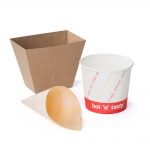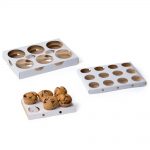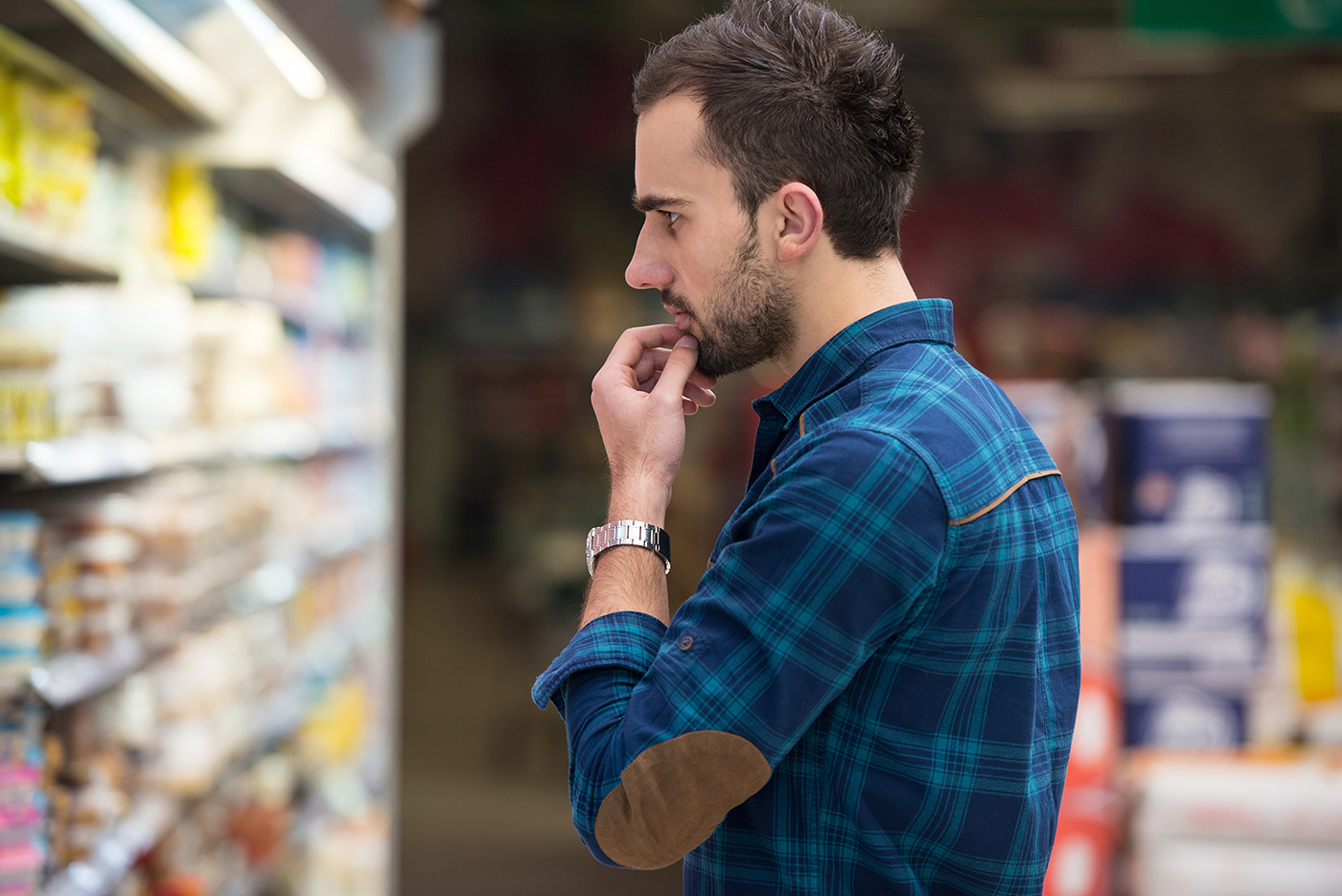Blog Categories
- Tips and Advice (55)
- Sustainability (26)
- Trends and Innovations (25)
- Tutorials and Templates (6)
- Regulations (2)
Aug
23
Posted on September 21, 2016 by Ash Bennett
23
Even Better than Aldi
Posted on September 21, 2016 by Ash Bennett
Most of your customers do their grocery shopping at Woolworths and Coles. However, with limited variety and very limited customer service, Aldi’s sales are forecast to rise almost 90 per cent over the next four years, and they are taking customers left, right and center from the previously untouchable BIG 2.
What is Aldi’s secret? That’s easy… It’s cheap. So cheap, that the $200 spend, that gives you half a trolley in Woolworths, is billowing over at Aldi’s. We are hooked on Aldi, whether it’s for 25% cheaper groceries or the fantastic plastic in the middle aisle. And that’s what we want isn’t it? Cheap. The Big 2 know it. They reeled us in with $2 milk, and now they’re thinking that $8 cooked chook might hook us as well.
Yes, we’ve been going a little, budget-crazy. It’s the mortgage, the bills and the kid’s karate class. Yet there are words in our heads; erosion, pollution, fossil-fuel overconsumption. Technical words, when something is half-price and the array of choice is disorientating. We hold that piece of fruit and wonder, how much nutrient can really remain after all the miles it has travelled and what synthetic chemicals were necessary to keep it in that perfect shape. We hold up a can, imported from far off South Africa, and try not to think about the cheap labour. There is the thing, plastic wrapped on the bench and we try to forget it was once an animal, but we hope its treatment was fair. And the wheat… it’s giving us a belly ache.
Is cheap really all we ever wanted, or is it just that we slowly lost touch with any other option? We feel trapped, and deep down know, if there was a choice, we want to participate.
Paddock to plate restaurant and cafes are opening up. They are still rare, and hard to find and if you go this route you will be special; your customers will love you. They have been looking for connection. They want access to small-scale, local farms. They want to taste greens that have been cut in the morning, and delivered in the afternoon. They have heard of heirloom fruits and vegetables, so unlike the supermarket monochrome. The purple garlic, three coloured corn, tomatoes that are peculiarly pendulous and strawberries, rumoured to taste like your grandmother’s childhood. Your customers want to know their animals have been treated humanely; from the bottom of their hearts they want to know that. The farmer still holds legendary status in this culture and when the cafe owner can say, they know their grower personally, it is seen as the ultimate choice in fair trade. Your customer knows it will cost a little more, but when money is changed hands on a local scale, whether it be to your restaurant, or to a local farm, it is understood that this money is not going to some faceless corporation but back to the local community.
There is a recipe here. One that is not quite grasped but is slowly becoming ultimately more palatable. It is true sustainability. A word whose meaning may have been lost in the haste in which marketers use it. Yet it is a word that conjures up a long-term view; it lasts, it nourishes, it gives life. That’s what this local food movement is all about. The local grower takes your money, and very soon, he is spending it in the same economy and it won’t be long before the six degrees of separation catches up, and all involved benefit, in the best possible way.
If we take a hold of this, ‘paddock to plate’ way of it eating and shopping, it will make us richer in the long run… unlike, the greasy, $8 chicken.
















































































